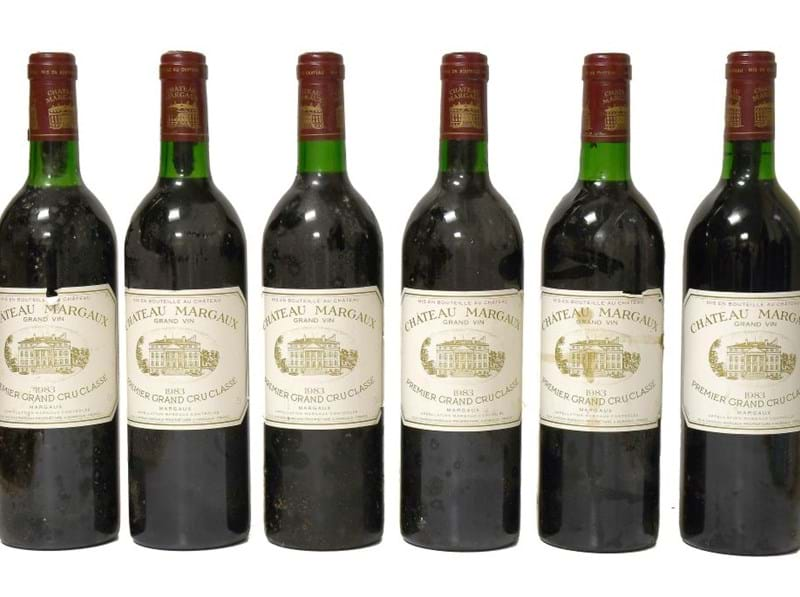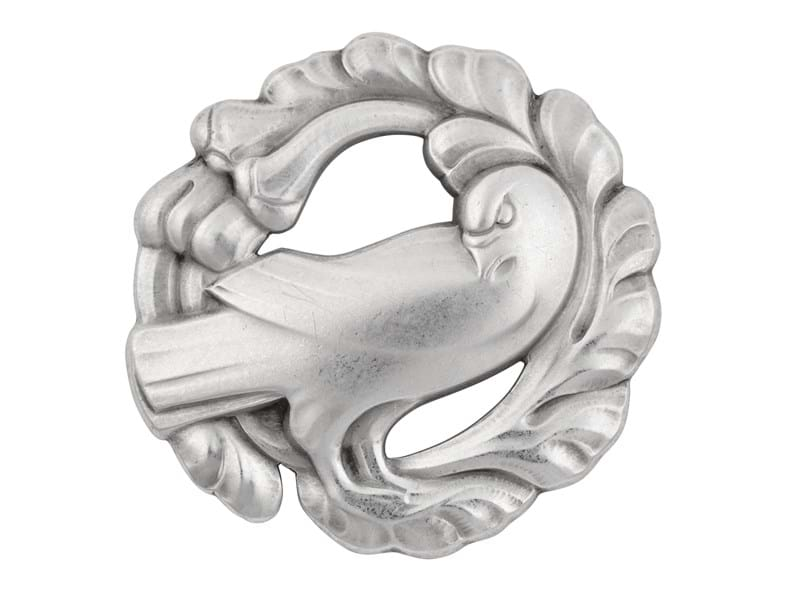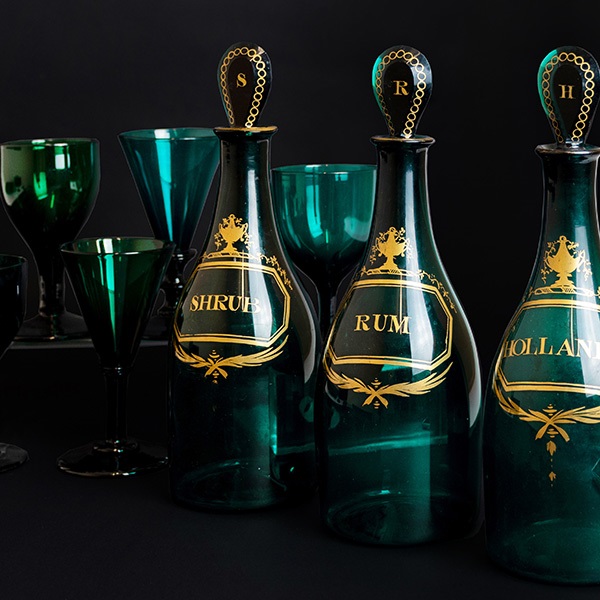An exceptionally rare pink diamond necklace signed and numbered by Cartier is being offered for sale with an estimate of £150,000-200,000 (plus buyer’s premium) in The Fine Jewellery, Watches and Silver Sale at Tennants Auctioneers on Saturday 15th March.
The 8.62 carat diamond was purchased 25 years ago as a birthday gift and has since formed part of a wider private collection. When first inspected, Tennants’ Jewellery Specialist Jessica Fall thought there could potentially be some colouration in the diamond which was worthy of further investigation. After consultation with the diamond industry’s official grading body, the Gemmological Institution of America (GIA) the gem was officially graded as very light pink with a clarity grading of VVS1 which is defined as ‘just below flawless: of high clarity’. The authentication by the GIA will increase consumer confidence and significantly increase the diamond’s potential value. The diamond is currently presented as a necklace with a simple white claw setting, which is detachable from a pendant mount, potentially allowing for varied use.
Jessica said: “Pink diamonds are officially defined as ‘exceptionally rare’; some estimates suggest as few as one in 10,000 gem quality diamonds mined worldwide show any discernible colour. Of that small number, a similar percentage (approximately 0.01%) have a pink tone. We are therefore delighted to be presenting such a unique and interesting piece for sale”.













